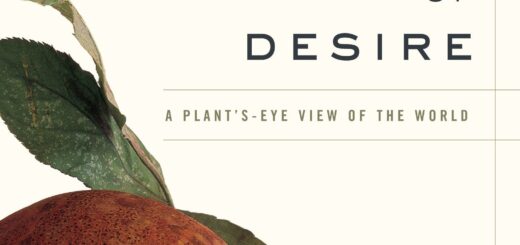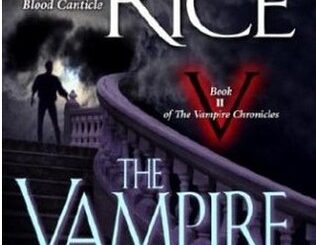Dracula by Bram Stoker
Victorian England makes a fine study of hypocrisy, a veritable Petri dish of civilized manners that are greatly at odds with the reality lurking underneath. I like to imagine proper British tea parties, London drawing rooms with well-corseted women and polite conversation . . . but the tea itself casts a dark shadow, brought to England in one of the most bizarre commercial moves ever conceived, forcing the Chinese to consume opium from northern India and precipitating the infamous Opium Wars in which England became a nation of drug pushers.
Sexually, we have a similar story. Victorian morality remains synonymous with a delicate refusal to allow for the existence of physical desire, but in fact, 19th century London had a huge population of prostitutes, “bad” girls paid to service the appetites of upstanding Victorian men so that the “good” girls might remain so sweet and pure. Frankly, it was a hard system to maintain – so much repression, so many lies – and there were occasional outbursts of chaos bubbling up from below the surface. Jack the Ripper comes to mind. The novel Frankenstein by Mary Shelly is a literary example, a monster to make a mess of any drawing room. And then, of course, there is the darkly sexual masterpiece, Dracula.
Published in 1897, Dracula still makes a fascinating read. Bram (Abraham) Stoker, the author, was born in Dublin, a friend of the more gifted writer, Oscar Wilde – oddly, as the preface to the Penguin edition of Dracula points out, both would write Gothic masterpieces in which the central character retains his youthful vitality by draining it out of others. Stoker was a Victorian moralist, a child of the Age of Certainty who believed in keeping all animal appetites firmly in check. But beneath his fa?de of civilization, there lurked a bog of sexual anxiety – fantasies of voluptuous lady vampires eager to suck the blood of fine gentlemen. And Count Dracula, the arch-fiend, who chooses only the purest Victorian girls for his unlawful desire.
You all know the story from the movies, beginning with Universal’s early 1931 talkie starring Bela Lugosi, and continuing with a 1950s Hammer Films version with Christopher Lee, spoofs such as Roman Polanksi’s “The Fearless Vampire Killers” in the 1960s, and most recently Francis Ford Coppola’s awkwardly titled Bram Stoker’s Dracula.
The novel, however, remains essential reading for anyone who likes noir thrillers and has the curiosity to wade through a soft porn postcard from Queen Victoria’s England. Bram Stoker is great at creating atmosphere, conjuring images of howling wolves in the snow and dark castles with locked doors guarding rooms we are advised very strongly not to enter. With Stoker as our guide, we enter the rooms anyway, unable to resist our fatal curiosity.
As for the “dreadful pleasure” of sucking blood, these scenes are positively irresistible – torn nightgowns, exposed throats, as sexual as one could go in polite society of the late 1800s. Bram Stoker did not invent vampires; the myth itself is very old, a hot fantasy from the cold lands of northern Europe that found expression in such legendary figures as Vlad the Impaler in the 15th century. But Stoker put the story together for modern times. He gave it a center, a plot, and a superb villain – a Count, no less, a noble creature gone bad.
A New York publisher told me recently that vampire stories are selling like hot cakes at the moment – and New York publishers, of course, know all about sucking blood. So continue at your own risk, gentle reader, and if you want to be thorough, you might just as well go to the source. Bram Stoker’s Dracula, for better or worse, is the grandfather of all nightmares.
- National Epilepsy Day 2023:Common Signs And Symptoms - November 17, 2023
- Top 10 Cosmetic Packaging Designers in the USA - April 12, 2023
- Luxury Website Designers: The Ultimate Guide to Creating a High-End Website - April 10, 2023


